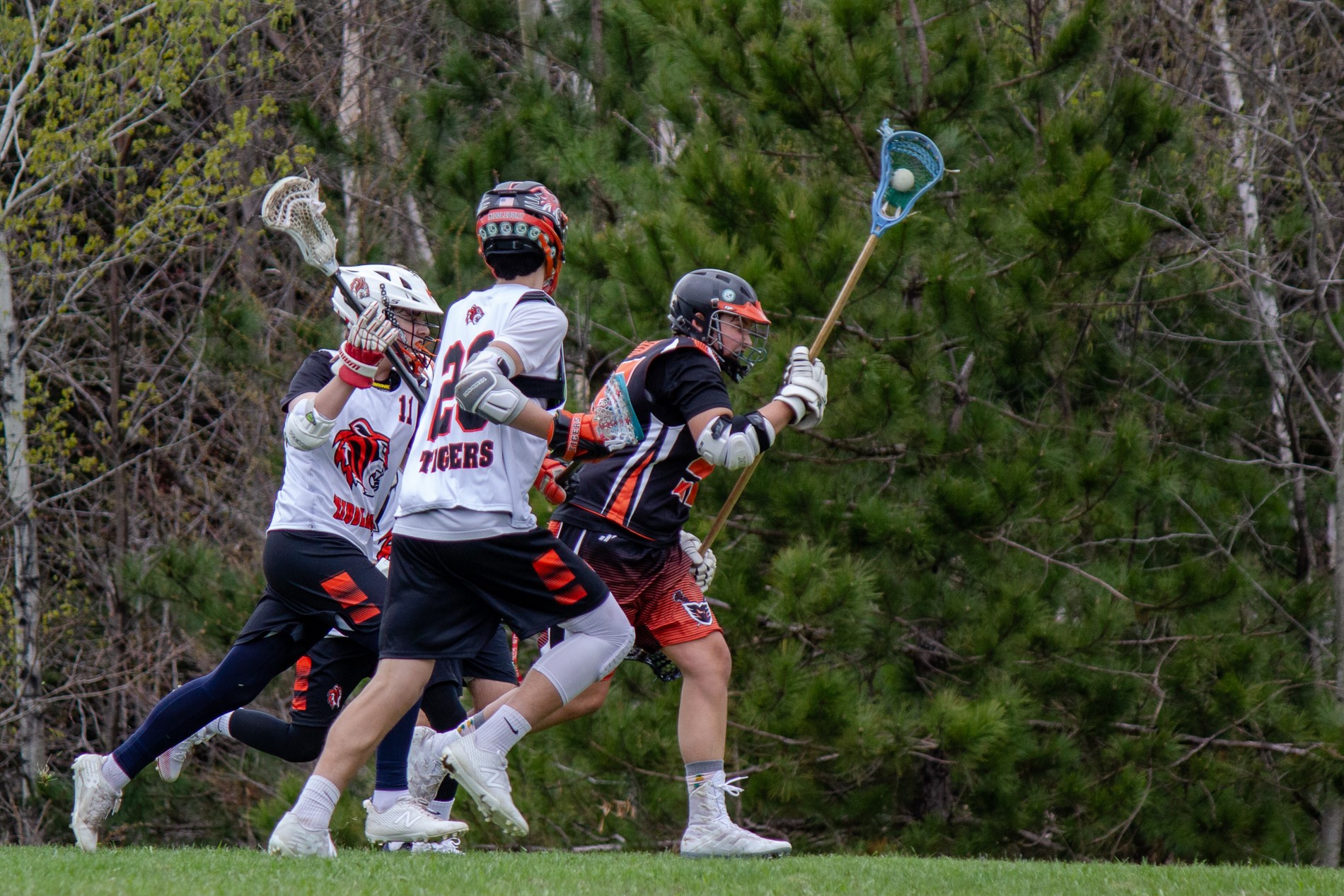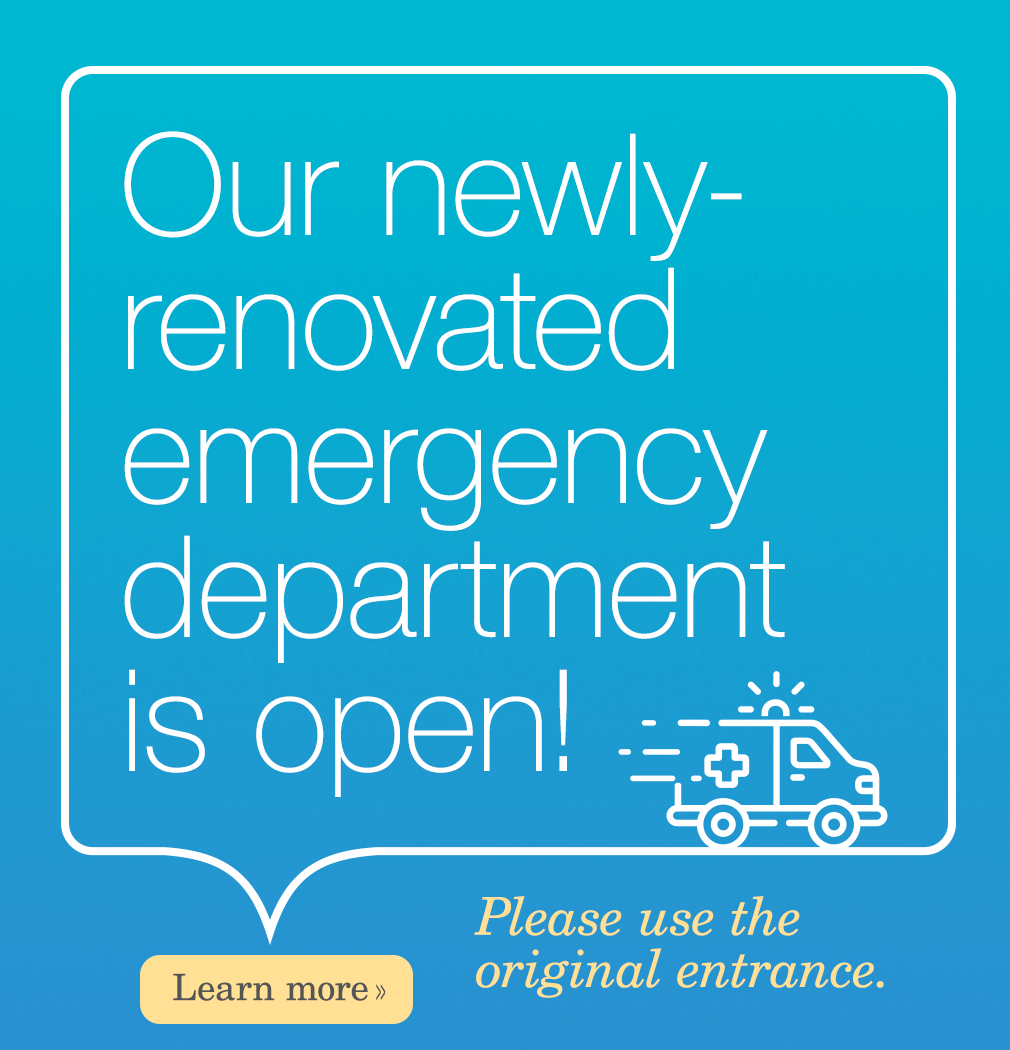

The Jarring Effects of Concussion: Post-Concussion Program Success at NMC
By Sarah Parsons West, for NMC
“No one really saw Lucien hit his head when he fell,” says Heather Thibeault, recalling her son playing defense in a December 2018 basketball game at SATEC. “Lucien happened to get the ball and run for a layup, when his foot slid. He fell to the floor bumping his head on the side and in the back,” she says. “He got up, thinking he was okay and finished the quarter.”
Feeling no pain, Lucien Thibeault, 13 at the time, was unaware that he had just suffered a concussion-causing jolt to his brain.
“The next morning, Lucien woke up with a headache but went to school,” says Thibeault. The school nurse called suggesting he be seen for a concussion, because he was showing signs. We made an appointment, and in the days following, it was obvious that he, in fact, did have a concussion.”
While considered a mild traumatic brain injury (MTBI), concussion often results from a blow to the head or a violent shaking of the head and body, with or without the loss of consciousness. Such movements can cause the brain to bounce or twist in the skull, creating chemical changes in the brain, and damaging brain cells. While usually non-life-threating, the jarring effects of concussion can be serious, requiring treatment.
Northwestern’s Pediatrician Stacy Strouse, MD, referred Lucien to post-concussion treatment with Danielle Trombley, a Certified Athletic Trainer (ATC), at Northwestern Orthopaedics & Rehabilitation Center.
“Since every concussion is different and each patient’s symptoms are different, I always tell all my patients during their first visit there is no magic number on how long you will take to heal,” says Trombley. “Some patients may seek treatment, get better, and return to play or return to work within a week, while some patients may not be better for months or even years.”
NMC’s post-concussion program consists of education and physical therapy in the areas of neuro re-education, “We take into account and treat the vestibular and ocular systems and the effect on balance,” says Trombley. “Often times cognitive rehab is also incorporated into the sessions, with a focus on progressive physical activity.”
Because Lucien was experiencing classic symptoms of concussion: sensitivity to light, dizziness, nausea and memory loss, an individualized treatment plan was created. “We started with a dynamic stretching routine in a darkened room, because of his light sensitivity,” explains Devaney Cote, ATC, another trainer who worked regularly with Lucien.
“When a patient is still experiencing symptoms, treatment is more conservative, as we try to minimize symptom severity. If we have a patient who is sensitive to noise, we may do a similar dynamic stretching routine, but with headphones or earplugs on,” Cote says. “We will find what the patients triggers are and try to eliminate them, but still perform a level of physical activity.”
For many weeks, Lucien’s symptoms and progress were observed both at therapy and at home. His mother says he was extremely moody and would switch from being angry to being depressed.
“He became more forgetful than usual; and his short-term memory seemed vacant for weeks. He had a hard time being outside, because the brightness made his symptoms worse, often leading to nausea and an increase in headache pain.”
Activity was difficult for Lucien, including television, computer and phone use. “Reading and concentration were affected, as well; everything was limited for him during the healing period,” says Thibeault.
“I could certainly see Lucien’s mood get better and better each time he came in, which is awesome to see, as somebody starts to feel better,” says Cote.
“Lucien is an active kid and holding him out of activity was not a fun conversation to have; but was the best form of treatment for him. By limiting him from basketball and snowboarding we could really see what was helping him and what wasn’t,” she says. “Each time he came in for treatment, we were able to increase and do more.”
About two-and-a-half weeks into the program, Lucien was symptom-free. “We then started following the return-to-play protocol,” Cote explains, a five-step program for athletes returning to sport. “During this time, we did more sport specific activities such as dribbling a basketball, shuffling, squats, resistance exercises and agility ladders. Each day of the protocol, the intensity of the exercise increases to make sure the athlete can tolerate activity similar to their sport.”
Lucien received post-concussion treatment from late December until early this February, returning to play in a final basketball game on February 11. “Lucien was a joy to have in the clinic,” says Cote. “Lots of education, education, education, with Lucien learning his body and how to manage symptoms and be able to control them.”
Like many families with young athletes, Heather Thibeault says theirs has gained a lot through Lucien’s experience. “Many years with boys in sports, I wasn’t aware of the impact a concussion could have or the length of time it would take to heal,” says the mother of three. “I was surprised to learn the healing process from a concussion, and how important this type of therapy is.”
Yet, there are people young and old who have endured concussion without treatment, perhaps not recognizing the seriousness of their own injury.
“Most people think of concussions as something only athletes experience, but truly it’s something people of all ages should be educated about,” says Kristy Cushing, Physical Therapist and Rehab Services Manager with Northwestern Orthopaedics & Rehabilitation.
“Concussions can result in a range of ways, from a geriatric fall; a car or biking accident; even an assault or whiplash, each resulting in a jarring of the brain,” says Cushing.
It is imperative for people to seek treatment after sustaining a head injury for several reasons. “One danger of an untreated concussion is second-impact syndrome, the sustaining of a second concussion when the original concussion is still present,” says Cote.
“Athletic Trainers and healthcare professionals who specialize in post-concussion treatment are skilled in determining what is best for each patient, and gearing treatment towards the specific symptoms that a patient is experiencing,” explains Trombley.
“While there is no age-group that is more susceptible to a concussion, as they can happen many different ways – treatment tends to be more conservative with younger patients, as their brains are still developing,” she says. Trombley is the lead ATC overseeing school contracts at BFA, MVU, and Enosburg High Schools.
“Each season at our contract schools, our athletic trainers will see and treat a handful of concussions,” she says. “The area where this is more likely to go untreated would be in the elementary and middle school athletes, and adults.”
Trombley and Cote saw large numbers of post-concussion patients this winter referred from the Occupational Health office. “These clients were adults who got injured at work and sustained a concussion. Now that our program is up and running, we are seeing more and more referrals come in from our local pediatric and primary physicians, as well,” she says.
“To be able to share our knowledge and better educate patients and community members on their options and how to safely manage symptoms,” Trombley and Cote agree, is the purpose of their work.
“Many times, after sustaining a concussion, people have stopped doing things that bring them joy,” says Cote. “It’s an awesome feeling as a provider, to get them better, so they can enjoy those things again.”

